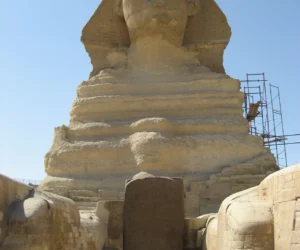Introduction to the Dream SteleThe Dream Stele, also known as the Sphinx Stele, stands prominently between the front paws of the Great Sphinx of Giza. Thutmose IV, a pharaoh of Egypt’s 18th Dynasty, erected this monument in 1401 BC, marking the first year of his reign. This stele is not just a mere artifact; it…
Ancient Artifacts
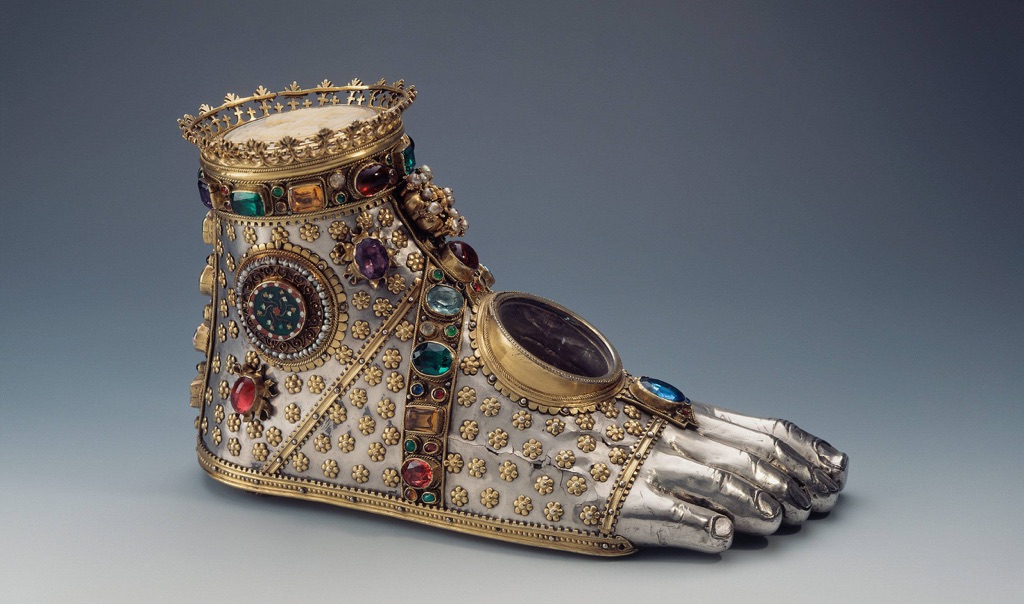
Moving to the East, ancient China artifacts like bronze vessels and oracle bones shed light on the rituals and governance of early Chinese dynasties. These artifacts highlight China’s long history of craftsmanship and written language. Similarly, ancient Egyptian artifacts are world-renowned, particularly for their funerary art, such as the treasures from King Tutankhamun’s tomb. These pieces reflect the Egyptians’ beliefs about death and the afterlife. Artifacts are not just old objects to be displayed in museums; they are keys to unlocking the secrets of human development across the ages. They preserve the ideas and values of people who lived thousands of years before us. Through careful study, they teach us about our collective history and heritage.
Among the most famous ancient artifacts in the world is the Rosetta Stone. Discovered in 1799, this granodiorite stele was the key to understanding Egyptian hieroglyphs—a script made of small pictures that was used originally in ancient Egypt for religious texts. The Rosetta Stone is inscribed with a decree issued at Memphis in 196 BC on behalf of King Ptolemy V. The decree appears in three scripts: the upper text is Ancient Egyptian hieroglyphs, the middle portion Demotic script, and the lower Ancient Greek. Because it presents essentially the same text in all three scripts, it provided the crucial link for scholars to decipher Egyptian hieroglyphs, thereby opening a window into ancient Egyptian history.
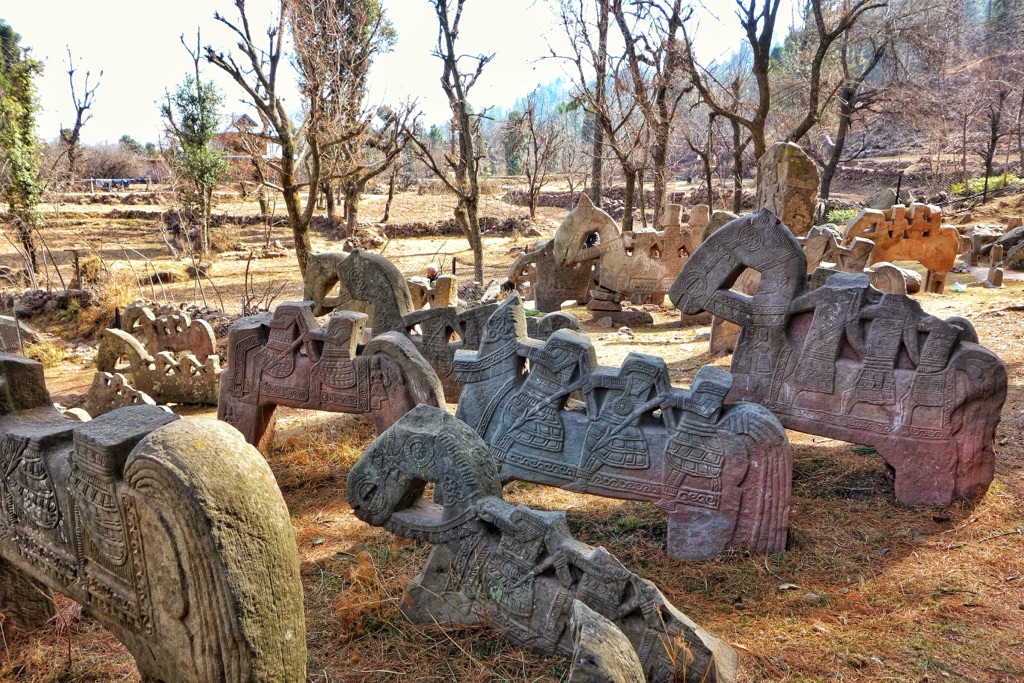
The title of the oldest artifact on earth goes to the stone tools found in Lomekwi 3, Kenya, which date back to 3.3 million years ago. These tools predate the earliest known humans and suggest that tool-making was a part of our pre-human ancestors’ way of life. These ancient tools mark a significant milestone in human evolutionary history, indicating the beginnings of technology and innovation. They are not just simple objects; they represent the dawn of human ingenuity and the very first steps towards the complex societies we have today.
An ancient artifact can be defined as any item made or used by humans in ancient times that has cultural, historical, or archaeological significance. These artifacts can range from monumental structures like the pyramids of Egypt to small, everyday objects like Roman coins. They can include items as diverse as weapons, clothing, and artwork. Each artifact, no matter its size or apparent significance, offers a glimpse into the lives of those who came before us, providing evidence of past behaviors, beliefs, and social structures.
Famous ancient artifacts not only include monumental finds like the Rosetta Stone or the treasures of Tutankhamun’s tomb but also the Terracotta Army of China, the Dead Sea Scrolls, and the Venus of Willendorf. The Terracotta Army, buried with the first Emperor of China, Qin Shi Huang, consists of thousands of life-sized figures meant to protect the emperor in the afterlife. The Dead Sea Scrolls, discovered in a series of caves near the Dead Sea, are ancient Jewish texts that offer invaluable insight into the history of Judaism and the early text of the Bible. The Venus of Willendorf, a small Paleolithic figurine discovered in Austria, dates back to about 28,000 BCE and is thought to represent fertility. Each of these artifacts, in its own way, has reshaped our understanding of human history, offering evidence of the complexity, diversity, and ingenuity of ancient civilizations.
List of Discovered Ancient Artifacts
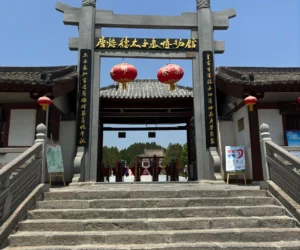
Prince Yi De’s Tomb
Introduction to Prince Yi De’s TombPrince Yi De, originally named Li Chongrun, was the eldest son of Tang Zhongzong. He was also the grandson of Emperor Gaozong and Empress Wu Zetian. Tragically, he died in AD 701 at the young age of 19. Remarkably, five years later, in AD 706, authorities relocated his tomb to…
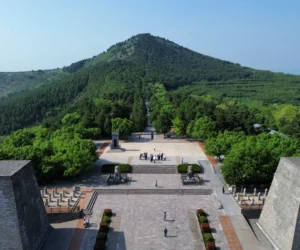
Qianling Mausoleum
Nestled on the rugged Liang Mountain, the Qianling Mausoleum stands as a historical treasure of Shaanxi, China. This Tang Dynasty tomb complex honors Emperor Gaozong and his empress, Wu Zetian. It is a remarkable example of Imperial Chinese tomb architecture. The mausoleum complex spans over 240 acres, flanked by stunning carvings and sacred way statues. It is also famed for their gendered stone guards, a unique feature that showcases both male and female figures.
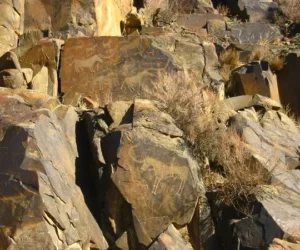
Tanbaly
Exploring the Historical Significance of TanbalyTanbaly, located in the Almaty Region of Kazakhstan, stands as a significant archaeological site. It is renowned for its rich collection of petroglyphs. These ancient rock carvings provide a window into the lives of people who lived thousands of years ago. The site, nestled in the Chu-Ili Mountains, is about…
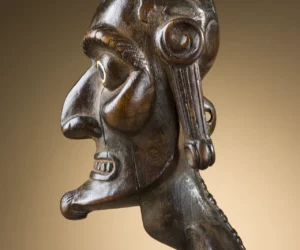
Moai kavakava
Exploring the Enigmatic Moai Kavakava of Easter IslandThe Moai Kavakava are intriguing wooden figures from Easter Island, known locally as Rapa Nui. These artifacts stand as a testament to the island’s rich cultural and spiritual heritage. Carved from the wood of the toromiro tree, these figures are distinctive for their emaciated appearance, which includes prominent…

Yinshan Rock Paintings
An Academic Examination of the Yinshan Rock Paintings The Yinshan Rock Paintings: An Overview The Yinshan rock paintings, a significant archeological treasure located in the Yin mountains of Inner Mongolia, bear witness to an ancient culture that once thrived in the region. These petroglyphs adorn the surfaces of granite in a cluster of sites, revealing…

